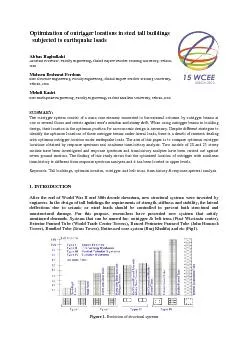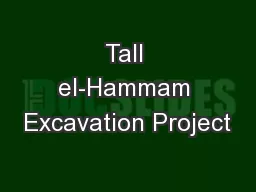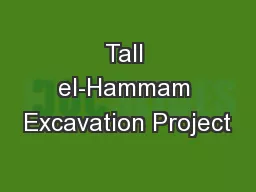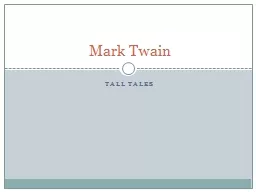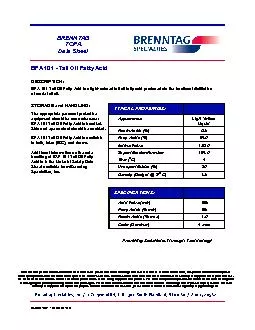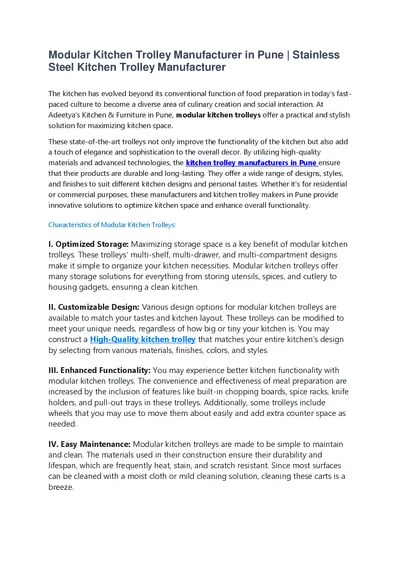PDF-Optimization of outrigger locations in steel tall buildings
Author : alida-meadow | Published Date : 2015-09-16
sas subjected to earthquake loads Abbas Haghollahi Assistant Professor Faculty engineering Shahid Rajaee Teacher Training University Tehran Iran Mohsen Besharat
Presentation Embed Code
Download Presentation
Download Presentation The PPT/PDF document "Optimization of outrigger locations in s..." is the property of its rightful owner. Permission is granted to download and print the materials on this website for personal, non-commercial use only, and to display it on your personal computer provided you do not modify the materials and that you retain all copyright notices contained in the materials. By downloading content from our website, you accept the terms of this agreement.
Optimization of outrigger locations in steel tall buildings: Transcript
Download Rules Of Document
"Optimization of outrigger locations in steel tall buildings"The content belongs to its owner. You may download and print it for personal use, without modification, and keep all copyright notices. By downloading, you agree to these terms.
Related Documents

